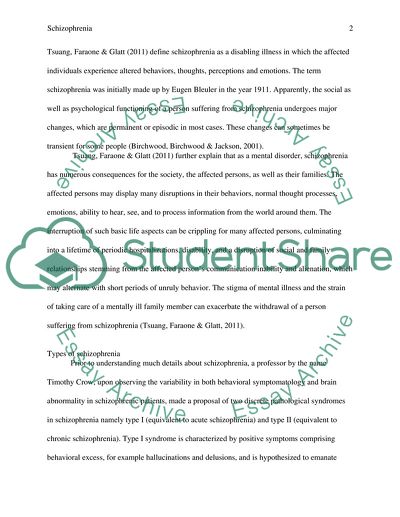Cite this document
(“Thinking Disorders: Schizophrenia Essay Example | Topics and Well Written Essays - 3250 words”, n.d.)
Thinking Disorders: Schizophrenia Essay Example | Topics and Well Written Essays - 3250 words. Retrieved from https://studentshare.org/health-sciences-medicine/1765416-schizophrenia
Thinking Disorders: Schizophrenia Essay Example | Topics and Well Written Essays - 3250 words. Retrieved from https://studentshare.org/health-sciences-medicine/1765416-schizophrenia
(Thinking Disorders: Schizophrenia Essay Example | Topics and Well Written Essays - 3250 Words)
Thinking Disorders: Schizophrenia Essay Example | Topics and Well Written Essays - 3250 Words. https://studentshare.org/health-sciences-medicine/1765416-schizophrenia.
Thinking Disorders: Schizophrenia Essay Example | Topics and Well Written Essays - 3250 Words. https://studentshare.org/health-sciences-medicine/1765416-schizophrenia.
“Thinking Disorders: Schizophrenia Essay Example | Topics and Well Written Essays - 3250 Words”, n.d. https://studentshare.org/health-sciences-medicine/1765416-schizophrenia.


